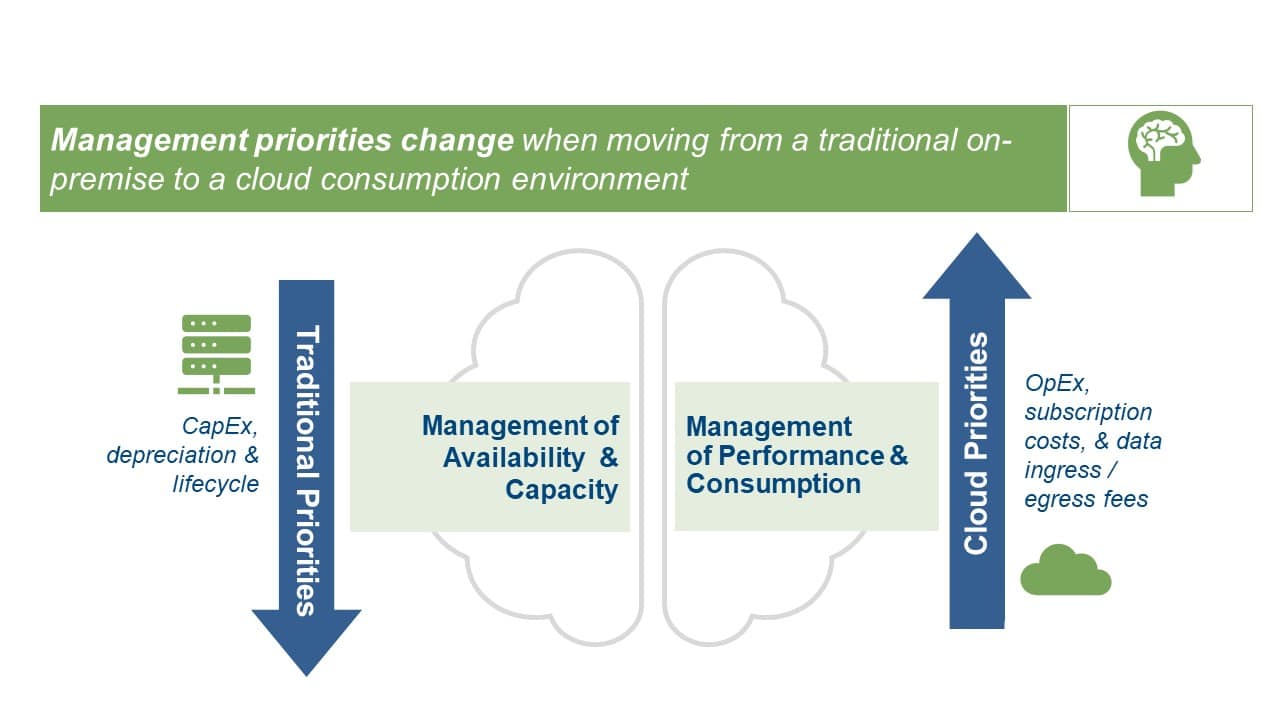Migrating to a cloud-based infrastructure can allow healthcare delivery organizations to embrace digital transformation and new product innovation. It can increase speed to value, while also providing elasticity and scale. However, to realize the benefits of the cloud cost-effectively, conducting a formal application rationalization assessment is key.
The Importance of an Application Rationalization Assessment
Performing a formal application rationalization assessment is a critical initiative for any hospital or health system CIO. An assessment can identify opportunities to streamline redundancies, reduce applications and costs, and leverage existing assets. Learn more about the application rationalization assessment process here.
Due to the shift in how IT costs are calculated for applications in a cloud-based infrastructure compared to a traditional on-premise environment, conducting a formal application rationalization assessment is also a critical precursor to any hospital or health system’s cloud strategy. While a cloud migration can still be cost-effective without first executing an application rationalization, it is likely to be less efficient and more expensive in the long run. Starting your cloud journey with a thorough application rationalization maximizes the potential benefits possible from the cloud in a cost-effective way.
Cost Optimization is Different in the Cloud
Migrating to the cloud requires a different mindset when it comes to accounting for IT costs. In a on-premise environment, the focus is on capital expenses, depreciation, and product lifecycle. A cloud infrastructure represents a shift from the traditional capital expense model to a consumption-based financial model, where the focus is on operating expenses, subscription costs, resource scheduling, and fees associated with data egress.
There are significant benefits to this consumption-based model. It enables agility and elasticity, allowing hospitals and health systems quickly scale horizontally or vertically in order to meet rapidly evolving needs. Horizontal scaling or “scaling out” involves adding more instances or nodes to a system on-demand to distribute the load across multiple machines, whereas vertical scaling or “scaling up” involves increasing the capacity on-demand of a single instance by adding more resources (e.g., CPU, memory, storage, etc.).
However, when the focus changes from managing availability and capacity in a traditional on-premise environment to managing performance and consumption in the cloud, organizational priorities need to shift accordingly. For example, in a consumption-based model, hospitals and health systems need to be extremely precise and deliberate with their workloads. Losing sight of unneeded applications isn’t an option in the cloud.
One of the fastest ways to create financial inefficiencies and unsustainable cloud costs is to migrate unnecessary or redundant applications to the new infrastructure. The most common reasons hospitals and health systems struggle with cloud cost overruns is because they either 1) brought applications they did not need to the cloud with them, or 2) they set those applications up in a way that is overprovisioned or not optimized.
Shifting Priorities

The Bottom Line
Managing a simpler, well-rationalized application environment is inherently better than managing a complex, non-rationalized IT portfolio – whether on-premise or cloud-based. However, the unique cost pressures in a cloud-based environment due to the shift from a capitalized depreciation model to a consumption-based model means that organizational priorities need to change accordingly and that a formal application rationalization assessment should be your first step in any effort to optimize cloud costs.
Impact Advisors’ cloud migration services include looking at existing infrastructure and processes and helping customers develop smart cloud migration plans that will reduce cost, increase operational efficiencies, and enable accelerated innovation of patient care.


